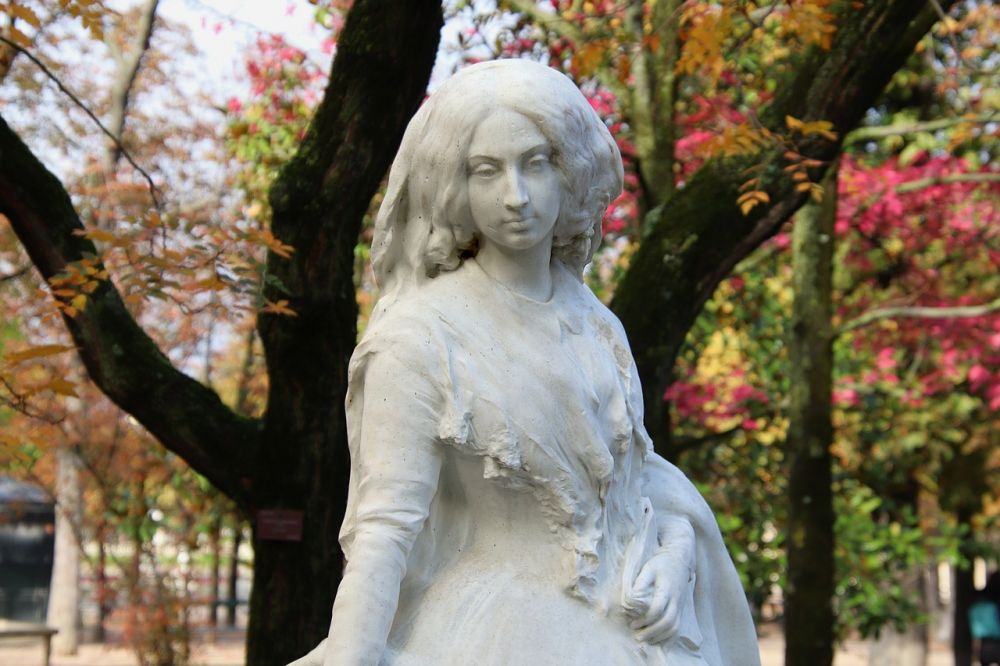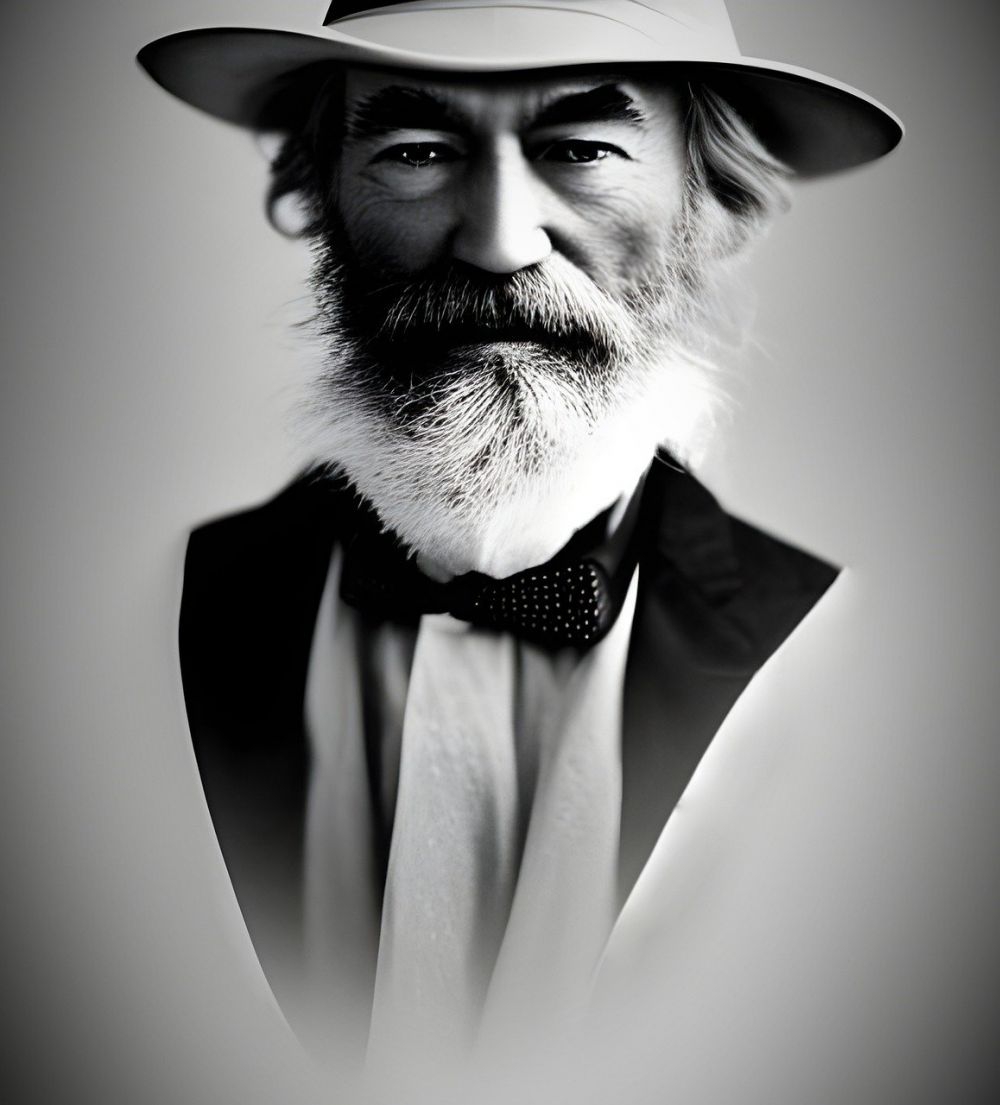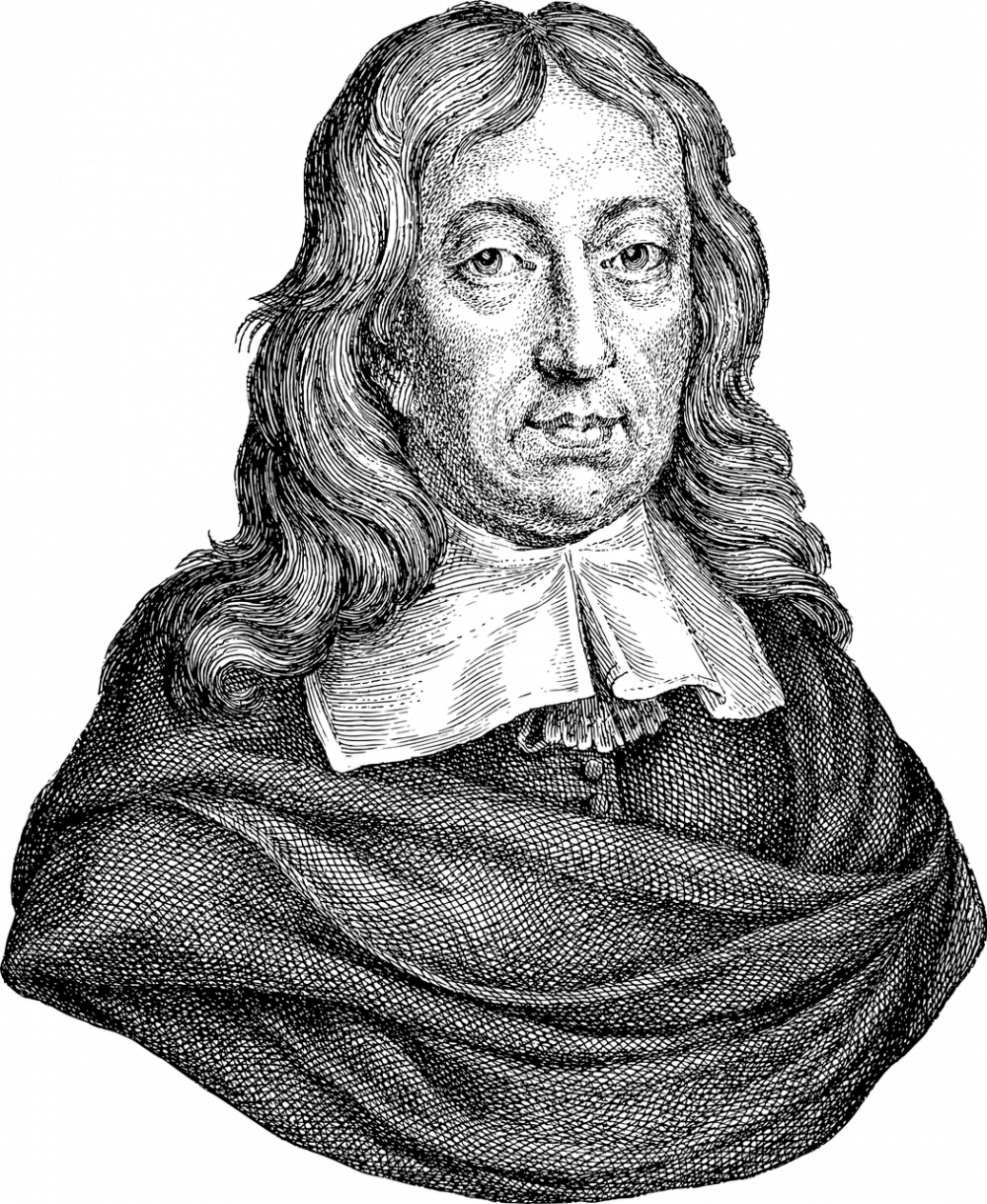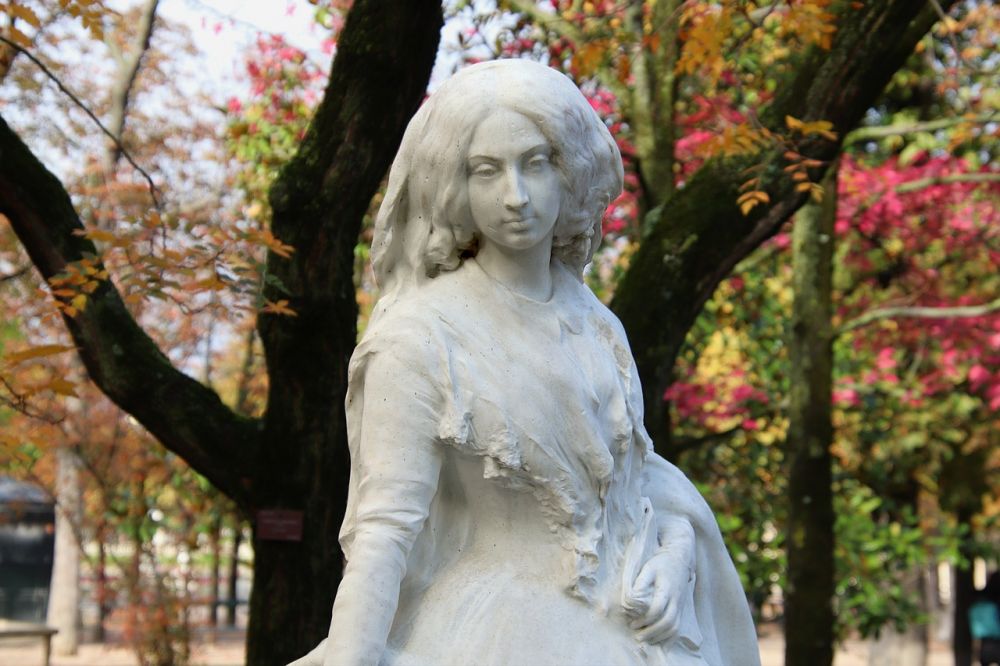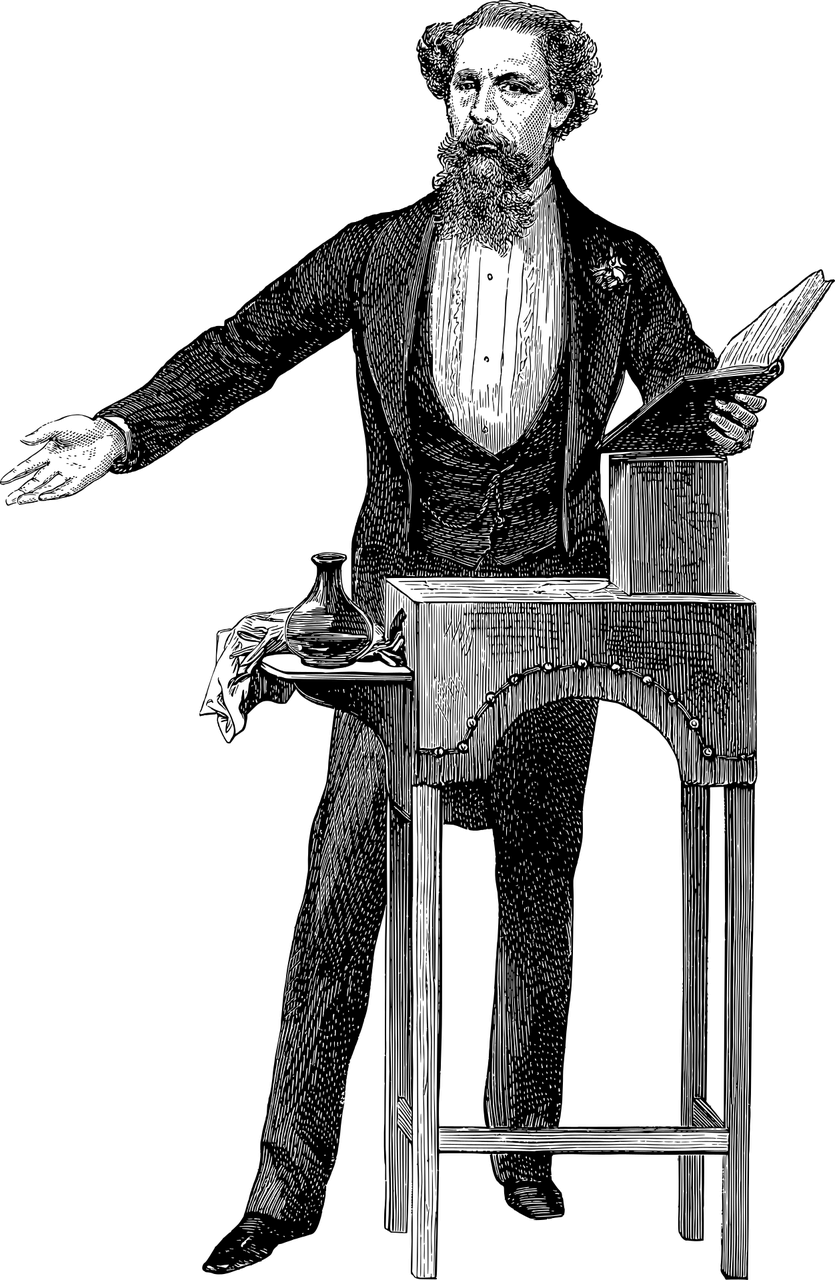George Orwells Animal Farm: A Masterpiece of Political Allegory
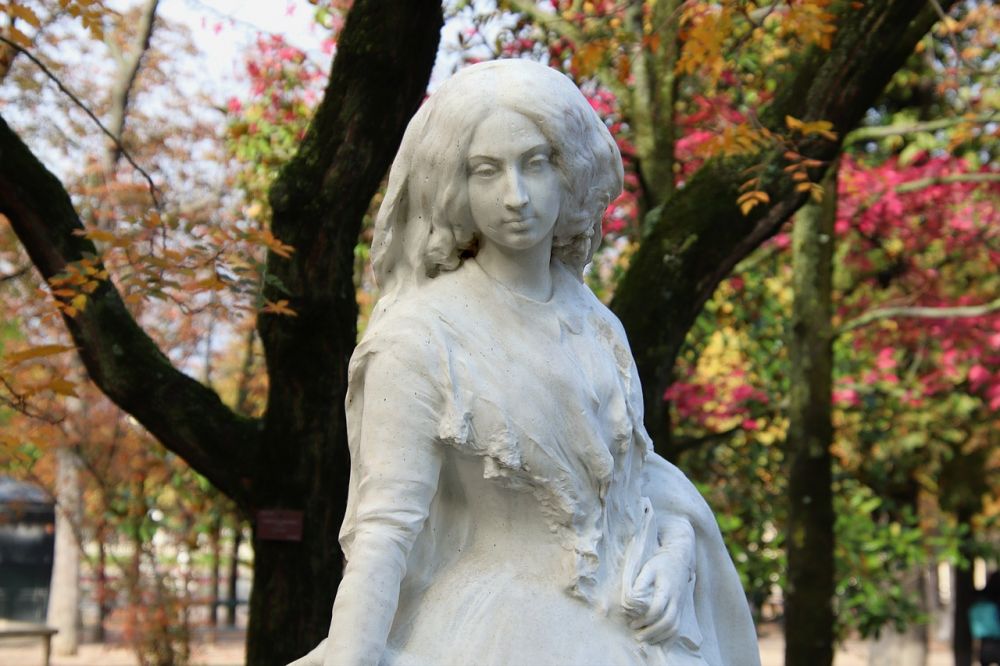
Introduction:
George Orwell’s “Animal Farm” is a remarkable work of literature that continues to captivate readers with its thought-provoking themes and powerful allegory. Published in 1945, this novella presents a dark and satirical portrayal of Soviet Communism, while exploring universal themes of power, corruption, and the potential pitfalls of revolutionary ideals. In this article, we will delve into the key aspects of “Animal Farm” that are essential for anyone interested in this literary masterpiece.
I. Understanding “Animal Farm”:

– “Animal Farm” is an allegorical novella that uses a farm and its animals to depict the events leading up to the Russian Revolution of 1917 and the subsequent Stalinist era.
– Through anthropomorphized animals, Orwell provides a scathing critique of totalitarianism, power dynamics, and the betrayal of revolutionary ideals.
– The characters in the book symbolize real-life figures, such as Napoleon representing Joseph Stalin and Snowball representing Leon Trotsky.
– The story follows the animals’ rebellion against their human oppressors, their establishment of a new society, and the eventual corruption and dictatorship that emerges within the animal community.
II. Historical Evolution:
– “Animal Farm” has evolved significantly since its initial publication, garnering recognition and acclaim for its astute social commentary.
– Initially, the book faced challenges in finding a publisher due to its overtly political nature and criticism of the Soviet Union, a wartime ally of the West.
– Nevertheless, it was eventually published and received positive reviews, quickly becoming a bestseller.
– Over time, “Animal Farm” gained recognition as a powerful indictment of authoritarian regimes and censorship, making it a timeless classic.
– The novella has been translated into numerous languages and adapted into various forms, including stage plays and films.
III. Impact on Literature and Society:
– “Animal Farm” has had a profound influence on literature and continues to be studied and analyzed in academic settings.
– Orwell’s use of allegory and satire provides a compelling lens through which readers can explore complex political concepts and ideologies.
– The novella serves as a cautionary tale, warning against the dangers of blindly accepting propaganda and the abuse of power.
– Its themes remain relevant in today’s political climate, making it a vital piece of literature that sparks meaningful discussions and introspection.
IV. Featured Snippet Potential – Essential Points:
– George Orwell’s “Animal Farm” is a powerful allegorical novella that critiques totalitarianism and the corruption of revolutionary ideals.
– The story follows farm animals’ rebellion against human oppressors and their subsequent descent into dictatorship.
– Characters like Napoleon and Snowball symbolize real-life figures such as Joseph Stalin and Leon Trotsky.
– Published in 1945, “Animal Farm” faced initial challenges due to its political nature but eventually gained recognition as a timeless classic.
– The novella serves as a cautionary tale, warning against propaganda and the abuse of power.
– Its themes continue to resonate in today’s society, ensuring its ongoing relevance and study in academic circles.
Conclusion:
“Animal Farm” is an enduring masterpiece that stands as a testament to George Orwell’s literary genius. Through its allegorical depiction of a farm, it illuminates the potential consequences of unchecked power and serves as a profound political commentary. Whether one is interested in history, politics, or literature, “Animal Farm” offers valuable insights that continue to resonate with readers worldwide. By delving into this novella’s rich themes, readers can deepen their understanding of the complexities of human nature and the ever-present dangers of authoritarianism.
